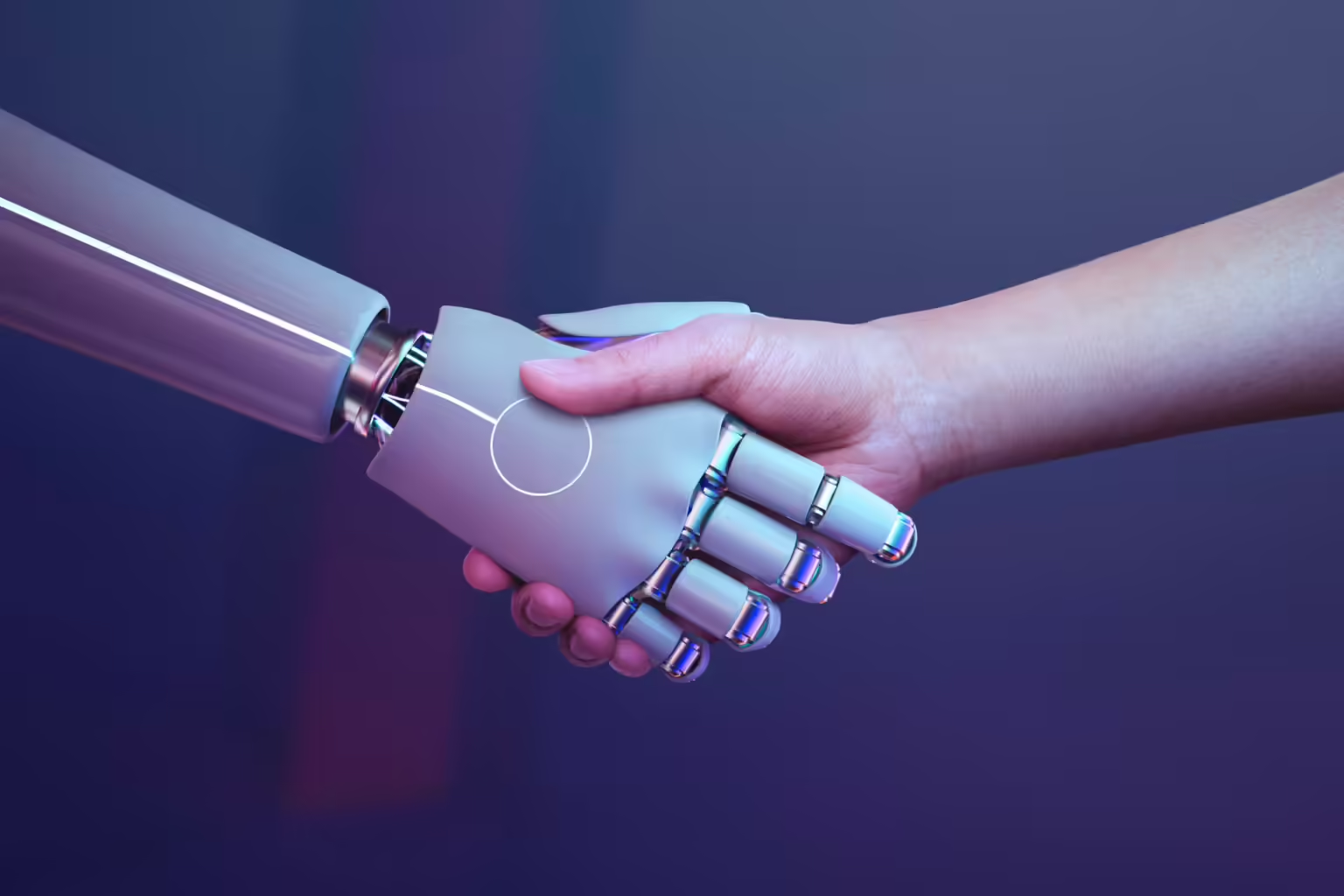
AI in Product Development: How Artificial Intelligence is Redefining the Product Lifecycle
Artificial intelligence is reshaping how products are developed, tested, and launched. From concept to completion, AI tools are helping teams work smarter, faster, and with greater precision.
The Traditional Product Development Lifecycle
For decades, product development followed a predictable sequence: ideation, research, prototyping, testing, refinement, and launch. Each step demanded extensive time, expertise, and capital. Market research could take months, prototyping was expensive, and testing often exposed issues that sent teams back to square one.
This process favoured companies with deep R&D budgets, leaving smaller players struggling to compete.
Enter Artificial Intelligence
AI has democratized product development by making powerful tools accessible to teams of all sizes. It accelerates workflows, sharpens decision-making, and surfaces insights that once required entire research teams.
Here's how AI is transforming each phase of the lifecycle:
1. Ideation and Concept Development
AI-powered tools can generate and evaluate product concepts based on live market data, consumer behaviour, and competitor analysis. They identify market gaps, forecast demand, and even create design variations within minutes—expanding the creative horizon far beyond traditional brainstorming.
2. Market Research and Validation
AI excels at analyzing consumer sentiment across reviews, social media, and forums. Natural language processing captures not just what customers are saying but how they feel, offering nuanced insights that inform early decisions and reduce guesswork.
3. Prototyping and Design
AI-assisted design systems can turn sketches into working prototypes almost instantly. They simulate product performance, generate UI layouts, and even predict material durability—enabling teams to iterate faster and test more ideas before investing heavily.
4. Testing and Refinement
AI testing platforms simulate thousands of interactions, revealing bugs and usability issues before human testers ever touch the product. Machine learning models analyze results, uncover hidden patterns, and recommend specific improvements to optimize user experience and reliability.
5. Launch and Market Adoption
AI helps tailor product launches by predicting adoption curves, optimizing messaging, and identifying the most effective marketing channels. After launch, continuous monitoring tools track real-world usage and feedback, allowing for rapid iteration and smarter updates.
Real-World Impact
Businesses across industries are already realizing measurable gains from AI-enhanced development:
- A consumer electronics firm cut its design iteration cycle from weeks to days using AI-generated prototypes.
- A SaaS startup improved retention by 40% after using AI-powered usability testing.
- A pharmaceutical company used AI to analyze clinical trial data in real time, reducing time-to-market by several months.
Challenges and Considerations
While AI enables speed and precision, it also introduces new responsibilities:
- Data quality remains critical—poor data leads to poor outcomes.
- Human oversight is essential to interpret insights and steer strategy.
- Ethical concerns around bias, transparency, and privacy must be addressed early.
- Workflow integration requires planning to avoid friction and maintain alignment.
The Future of AI in Product Development
Emerging capabilities hint at what's next:
- Autonomous design systems that iterate independently.
- Predictive analytics capable of forecasting success rates before launch.
- Collaborative AI agents that act as creative partners rather than tools.
As these systems mature, they'll continue to compress timelines and enhance decision-making—making the product development process more intelligent, adaptive, and responsive than ever before.
Conclusion
AI is not replacing human creativity—it's amplifying it. Companies that integrate AI thoughtfully into their product processes will move faster, spend less, and deliver better outcomes. The real competitive edge lies in combining human intuition with machine precision.
FAQ
Q: How does AI improve product development speed?
AI automates time-consuming tasks like research, design iteration, and testing, drastically shortening development cycles.
Q: What challenges come with AI integration?
Data quality, ethical considerations, and change management remain key challenges that require clear governance.
Q: Is AI replacing human designers and engineers?
No—AI complements human creativity by removing bottlenecks and enhancing decision-making.
Related Reading
Richard Sama
co-CEO and co-founder